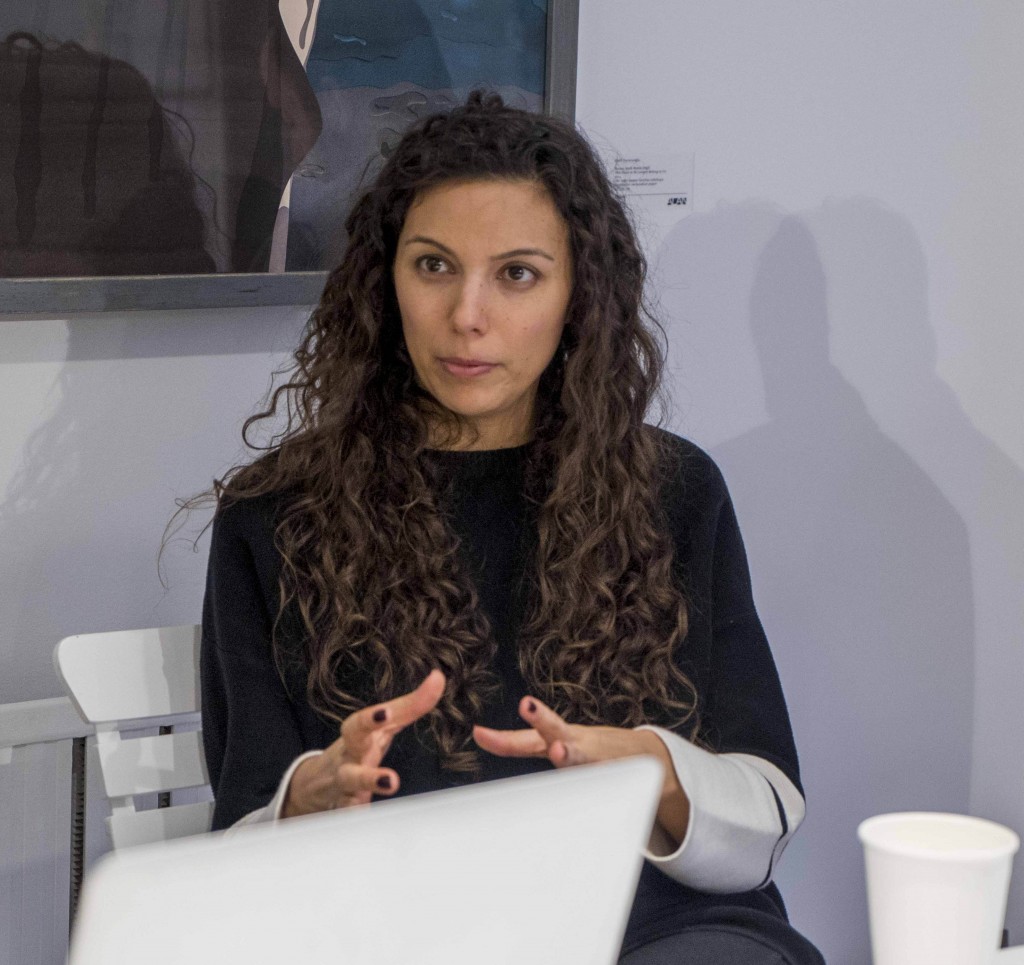Who is Eda Kehale Argun?
Eda Kehale Argun has been working as the consultant at the Turkey office of the international auction house Christie’s for about 6 years.
Taking art and drawing classes at a very early age has lead her to focus on both economics and art during her studies at the university. In the years to follow, she maintained her relationship with art, meanwhile working for international companies in various positions such as financial consultation, strategic planning, marketing and communication. She then began working at Christie’s.
In addition to her position at Christie’s, Argun also takes part in projects that are more directly involved with the creative process. For example, she worked in the advisory board of the Art International Istanbul Fair in September; she was also a member of the jury of Mamut Art Project. Furthermore, as a representative for Genç Modern, which is a division of Istanbul Modern aimed at young collectors and art lovers, Argun provides support for programs that address people aged 20-40, who play quite a significant role for the progression of Turkish art.

- How does Turkish contemporary art look from a global perspective?
In comparison with the western world, Turkish art is quite young as it’s not been that long since Turkey has encountered art. It’s also not yet fully saturated. It feeds off a rich resource owing to the age and location we’re living in. Artists who manage to come up with their own artistic language become successful in the long run. Turkish galleries have begun to hold shows abroad, the art fairs in Istanbul have gained more significance, and initiatives such as SAHA and SPOT have been established – and as a result of all these developments Turkish contemporary artists have been increasingly more visible in the international art scene. This points out that Turkish art has become more prominent at an international level.
In addition to established artists, young artists are also producing exciting and promising works, and I think this is very important. This development can be seen in the consistent success of Mamut Art Project, which introduces more than 50 new young artists every year.
- Are the global players of the contemporary art market planning to invest more in Turkish contemporary art?
I think it would be better to evaluate this matter with regard to interest rather than investment. One should make a careful evaluation of the uniqueness and the quality of art both abroad and in Turkey. Good art always finds its collectors. As I’ve just mentioned, Turkish artists are taking part in international projects at an increasing rate. And since we’ve been seeing works of Turkish artists more often at gallery shows, fairs and auctions, these curatorial accomplishments also influence the market side of things. However, considering how diverse works produced in Turkey are, I see this as the individual success of Turkish artists rather than the success of Turkish contemporary art scene as a whole. I find it hard to talk about a specific school of Turkish contemporary art.
- As the consultant of Christie’s Turkey, how do you see the institutionalization of art in Istanbul – especially with regard to galleries, collectors and museums?
We have to keep in mind that we had to start from the very beginning in Turkey 10-12 years ago. Considering the institutional collections, galleries and museums that have been established and that still continue to make progress, this is obviously quite a positive development. These institutions play a vital role in conveying art and collector’s attitude to new generations.
Regardless of whether it’s the collection of an institution or a museum, it’s really important that these collections continue to grow consistently, maintaining a certain visual and intellectual approach. On the other hand, as long as it’s kept open to public, the further institutionalization is carried, the better it is in the long run.
- In your opinion, who are the most prominent artists and individuals of Turkish contemporary art?
I think we should talk about artists first. In recent years, works by Gülay Semercioğlu, Hüseyin Bahri Alptekin and Halil Altındere were acquired by MoMA; Füsun Onur by Tate Modern; and Canan by Centre Pompidou. Considering that these three museums are the most prominent institutions of the three significant capitals of art, these developments are really exciting and pleasing.
With regard to the art market, Taner Ceylan is the first Turkish artist to have been represented internationally by a gallery, in addition to being the first artist to have taken part in evening auctions, which are the most prestigious events of international auction houses.
Elgiz family, Eczacıbaşı family, Kıraç family, Çetindoğan and Koç family, who share their collections with art lovers through museums; and collectors such as Füsun Eczacıbaşı and Tansa Mermerci Ekşioğlu, who’ve founded platforms that support art, play a significant role in the development of Turkish art and Turkish art culture.
Vasıf Kortun is a very important curator who has an influence on both the creation of art in Turkey and the way it’s perceived abroad. He stayed in Turkey and took part in the establishment and the development of SALT, which also